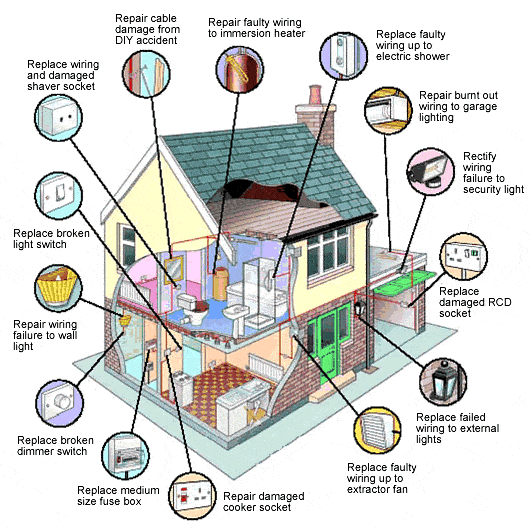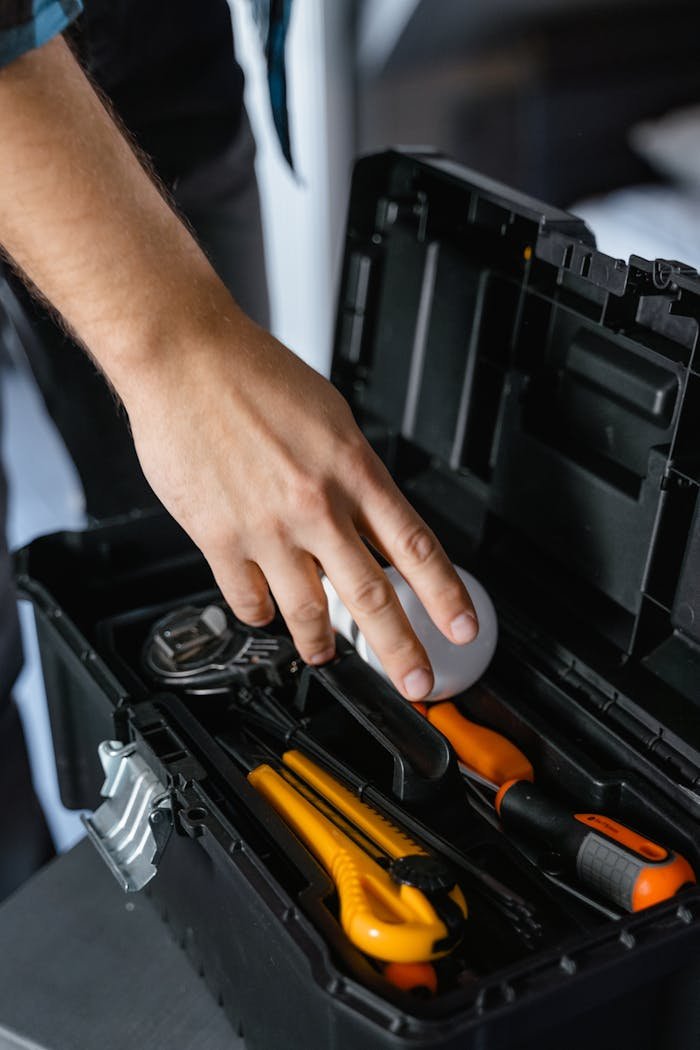Our homes are our castles, and it’s crucial that they’re entirely safe and electrically efficient. One key to achieving this entails executing an Electrical Panel Upgrade to ensure safety, energy efficiency, and to meet home electrical code compliance requirements. In this blog, we will delve deeper into the significance of updating your home’s electrical system and the crucial components involved.
Realizing the Significance of an Electrical Panel Upgrade
At the heart of any home’s electrical system lies the electrical panel, also referred to as the breaker box or distribution board. Acting as the linchpin, it disseminates electricity from the main supply to different circuits within your home. However, the evolution of modern homes has brought about a surge in energy consumption due to the proliferation of electronic devices and appliances. This leaves older electrical panels struggling to meet these escalating demands. Discover more about electrical panel upgrades.
Occasional circuit breaker trips, flickering lights, warm or buzzing outlets, over-reliance on power strips and extension cords, or if your home is over 20-25 years old are clear signs that your electrical panel is due for an upgrade. Beyond simply improving your home’s electrical efficiency, an Electrical Panel Upgrade reduces potential fire hazards due to overloaded circuits, allows for modern power needs, and ensures home electrical code compliance. Discover more about code compliance.
Incorporating Whole House Surge Protection
Every household should consider a Whole House Surge Protection device — a guard installed at the main electrical panel providing comprehensive protection across all home circuits against power surges. Benefits are manifold: protection of all hardwired appliances, reduced risk of electrical fires, an extended lifespan for sensitive electronic devices, and most importantly for homeowners, peace of mind during storms or power disruptions. Therefore, every homeowner should incorporate whole house surge protection during their Electrical Panel Upgrade. Discover more about surge protection.
Child-Proofing Homes with Childproof Electrical Outlets
If you have children at home, then implementing childproof electrical outlets, or Tamper-Resistant Receptacles (TRRs), is imperative. These outlets are designed with our little ones in mind – they come equipped with spring-loaded shutters that automatically shut off contact openings, minimizing the risk of electrical injuries in children. Furthermore, these childproof outlets represent a more dependable alternative to traditional plastic outlet covers that may fall short as they can be easily removed by children’s curious fingers. Discover more about childproof outlets, Discover the pros and cons of surge protection.
Securing Places with GFCI Outlet Installation
Safety gets amplified with Ground Fault Circuit Interrupter (GFCI) outlets. These outlets are installed in places where water and electricity are likely to come into contact such as kitchens, bathrooms, and outdoor spaces. These GFCI outlets constantly monitor the flow of electricity. If they detect any abnormality in the electrical current, the power shuts off instantly, thereby preventing severe electrical shocks. Discover more about GFCI outlets.
Installation is best done by a professional, but if you’re interested, the key steps include turning off the power, removing the old outlet, connecting the wires to the new receptacle, securing the outlet followed by testing of the GFCI functionality. Learn how to install GFCI outlets.
Adherence to Home Electrical Code Compliance
To ensure the safety and longevity of residential electrical systems, adherence to the National Electrical Code (NEC) and local building codes – collectively known as home electrical code compliance – is paramount. Compliance prevents legal issues when selling your home, meets insurance requirements while also ensuring your home’s electrical safety. Learn more about electrical code compliance.
Compliance can be achieved through professional electrical inspections, fixing identified issues or outdated components, upgrading your electrical panel when necessary, installing GFCI outlets in required locations, ensuring proper grounding for all electrical circuits, and procuring necessary permits for electrical work. Discover more about permits and inspections.
Conclusion
Your home is more than just a living space, it’s where you and your loved ones feel secure and comfortable. As such, ensuring you have a modern and compliant electrical system is fundamental. By investing in an Electrical Panel Upgrade, Whole House Surge Protection, Childproof Electrical Outlets, and GFCI Outlet Installations, you’re enhancing safety measures and ensuring code compliance. Make sure to reach out to a licensed electrician to guarantee that your home’s electrical system is in line with the necessary safety standards.



